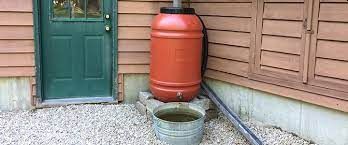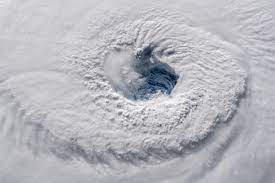
Common Loons
The Common Loon overwinters on the ocean and returns to inland lakes for the breeding season.
They arrive in the spring right after ice out and remain into late fall. They are territorial and return to
the same breeding grounds each year. Their nests are usually found about 1 meter from the shoreline.
They will lay 1-2 eggs per nest producing one brood a year. Their diet consists mostly of fish.
In recent years, there have been loon deaths associated with ingesting lead fishing tackle. Now, there
is another threat to the safety and well-being of the loon population - discarded microfilament fishing lines
which can entangle the bill of a loon and prevent eating or preening. Broken fishing lines can also be
swallowed or become wrapped around a foot or body part leading to a rapid deterioration of loon health.
There is, however, a way to prevent this from happening. Recycling bins are being placed at marinas,
boat ramps, and parks around the country so that people can recycle their used monofilament fishing line
and then it can be returned to the manufacturer to be re-processed.
The Tilton Conservation Commission,led by Jan Landry, is working with other conservation commissions
and environmental organizations to help protect the loons and to address the problem of discarded fishing lines.
Stay tuned for more details.
Rain Barrels
Information provided by EPA and State of Connecticut
Rain barrels are specially designed containers that hold about 40 -75 gallons of water.
They come in a variety of different styles, colors, and materials ranging from wooden barrels
to recycled plastics. Designs include a screen or closed top for keeping debris and mosquitoes out of your rain barrel.
Rain barrels capture water from a roof and hold it for later use. Collecting roof runoff in rain barrels reduces
the amount of water that flows from your property. t's a great way to conserve water and it's free water for use in your landscape.
Just 1/4 of an inch of rainfall can yield up to 150 gallons of water from a 1000 square foot roof - enough to fill three rain barrels!
If you have public water, you can save money onyour water bill. If you have your own well, a few rain barrels could provide
savings on your energy bills.
You can use the water to irrigate your lawn, water indoor/outdoor plants, fill outdoor fountains, wash your car, or clean
household windows. The water in the rain barrel can collect pollutants from your roof and should not be used for
drinking water. As rain water flows over a roof surface it can pick up pollutants such as bacteria from birds and other animals,
and chemicals from roof materials - factors to consider when thinking about using rain barrel water on edible plantings.

Reminder that Burning Construction and Demolition Debris is Prohibited
Now that spring is here and the snow cover is mostly gone,
remember to get a permit from the Fire Warden
if you want to
have a fire. Remember that the only acceptable material to burn
is brush (less than 5” in diameter)
and leaves.
Atlantic Hurricane Names 2021

Ana
Larry
Bill
Mindy
Claudette
Nicholas
Danny
Odetta
Elsa
Peter
Fred
Rose
Grace
Sam
Henri
Teresa
Ida
Victor
Julian
Wanda
Kate